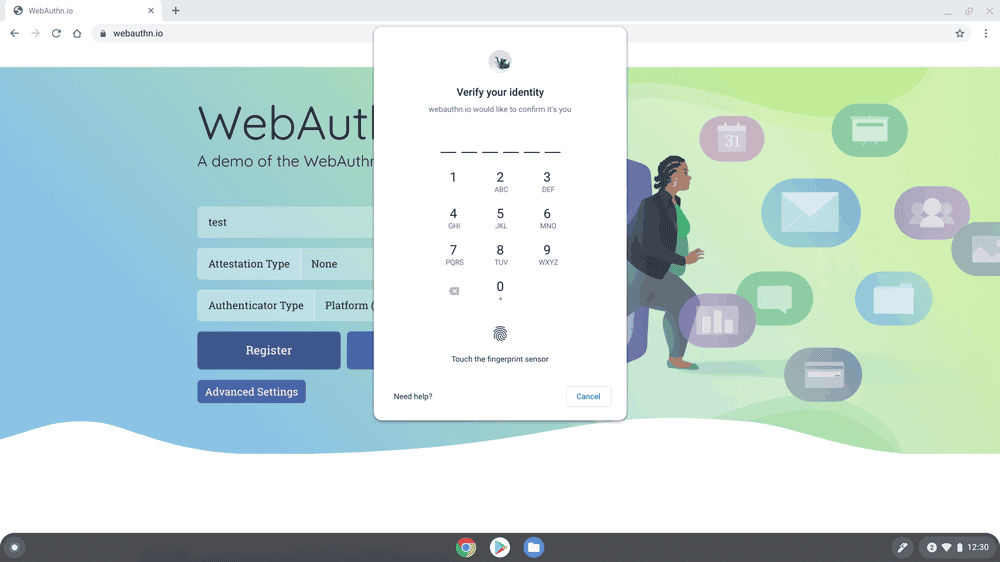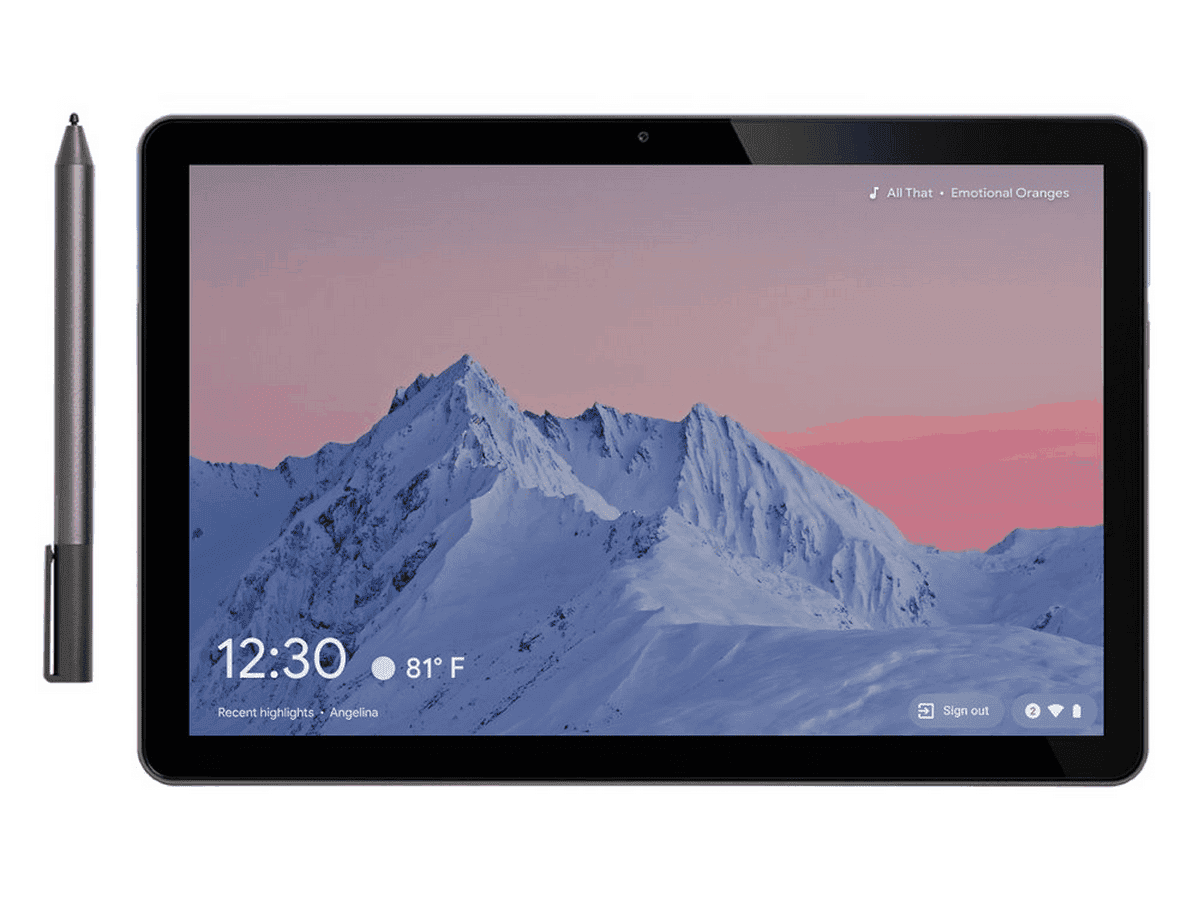Devices that run the Chrome OS operating system have been supported for much longer than Android smartphones and tablets. Google has released a fresh update for devices running Chrome OS that offers several interesting and useful features. One of them turns your device into a smart display.
The Chrome OS 88 update adds support for signing in with the PIN or fingerprint you set up to unlock your Chromebook. This is a useful feature that makes sign-in easier and faster as long as your site is Web Auth-enabled. Some of the supported sites are Dropbox, GitHub, and Okta. Google says you can also use your PIN or fingerprint if you are using 2-Step Verification.

Another important feature that comes with the new Chrome OS update is the Personalization feature, which turns your Chromebook into a personalized smart display. Users can choose to have Google Nest Hub display photos from your Photo Album on the lock screen – similarly, you can now display photos from your Google Photo Album or Gallery on the lock screen of Chromebook.
Your lock screen will also display the current weather and music being played. You don’t need to unlock your device to control playback. This setting can be activated in Settings> Personalization> Screensaver.

Google has released Chrome 88 for all major platforms with many innovations
Google has released a major update to its Chrome browser for all major platforms. The stable version of Chrome 88 is available for Windows, Linux and macOS, as well as iOS and Android. It brings quite a lot of innovation and the discontinuation of support for a number of technologies and platforms.
Gizchina News of the week
Among other things, Chrome 88 dropped support for Mac OS X Yosemite and now requires at least OS X 10.11 El Capitan to run. The browser can no longer be in use as an FTP client, ftp: //… addresses are no longer supported. Also, the developers finally got rid of the Adobe Flash Player. In addition, Google finally got rid of the Legacy Browser Support (LBS) add-on.

The browser has an improved dark theme; it now extends to the scrollbar of service pages, such as settings, bookmarks, history, new tab, and so on.
Websites now ask for permissions in a less annoying way. The search for tabs has appeared, which makes it easier to work with a large number of open pages. Managing multiple logins and passwords has been simplified. You can sign in to the site using the information saved in your Google Account; even if passwords are not synced in Chrome. Also, passwords are analyzed and the system prompts if they should be replaced as not unique enough. And these are not all innovations.

Other improvements
- Digital Goods API: Web apps published in the Google Play Store can now use Play Store billing just like native apps.
- WebXR: AR Lighting Estimation: For AR and VR content on Android, lighting estimation can help to make models feel more natural and like they “fit” better with the user’s environment.
- Anchor target=_blank implies rel=noopener by Default: To defend against “tab-napping” attacks, anchors that target _blank will behave as though rel is set to noopener.
- CSS aspect-ratio Property: This allows explicitly specifying an aspect ratio for any element to get similar behavior to a replaced element.
- Origin Isolation: Web apps can choose to increase a page’s security in exchange for giving up access to certain APIs.
- JavaScript Engine: Chrome 88 incorporates version 8.8 of the V8 JavaScript engine.




